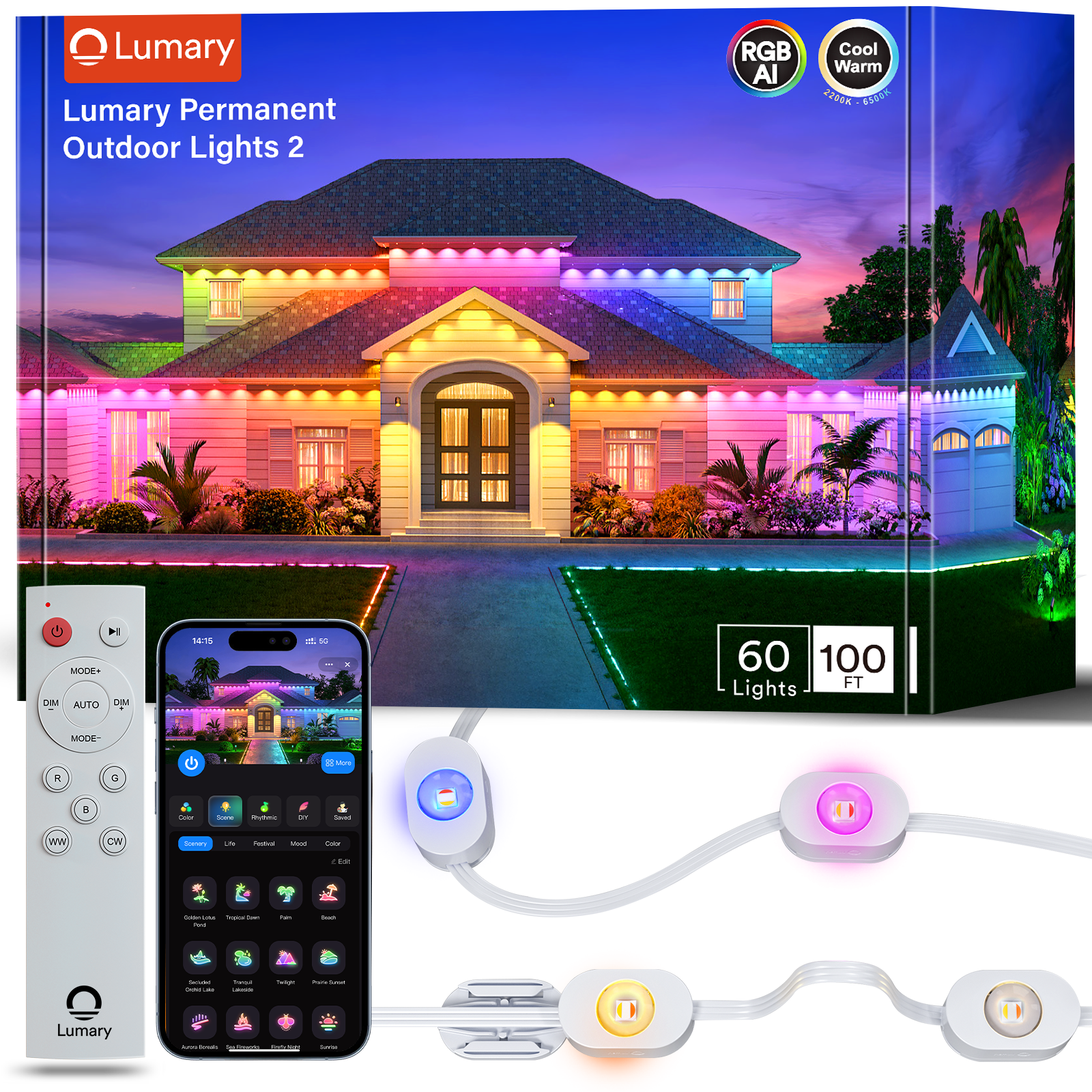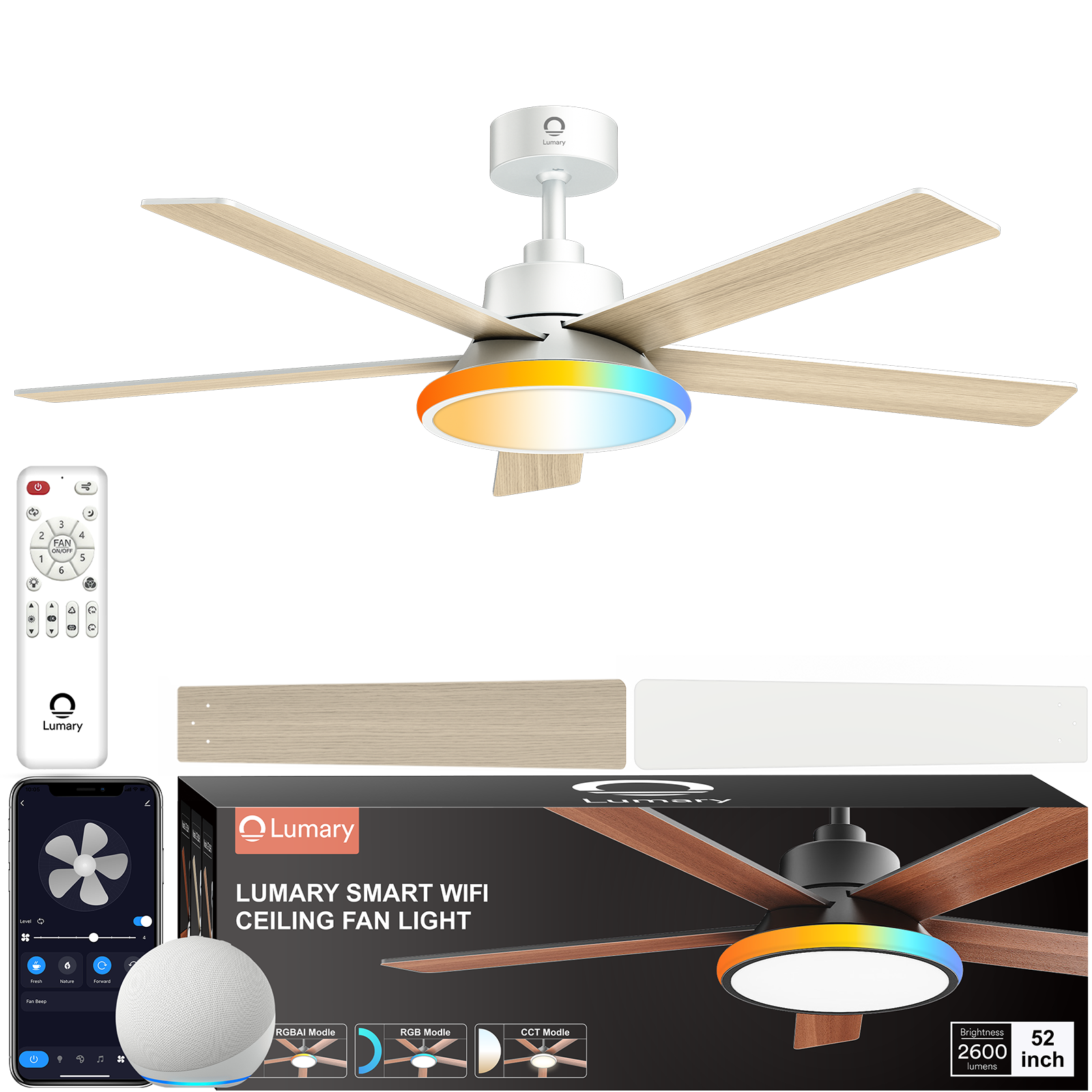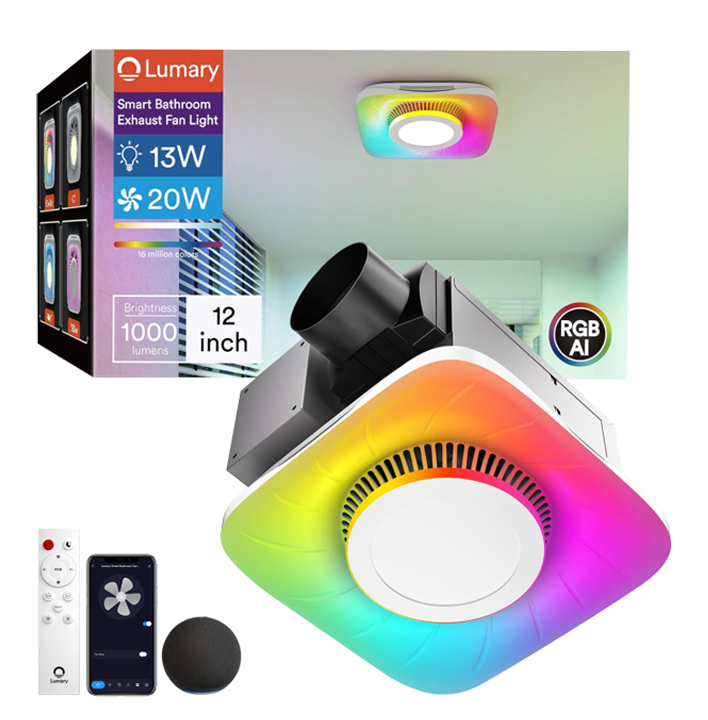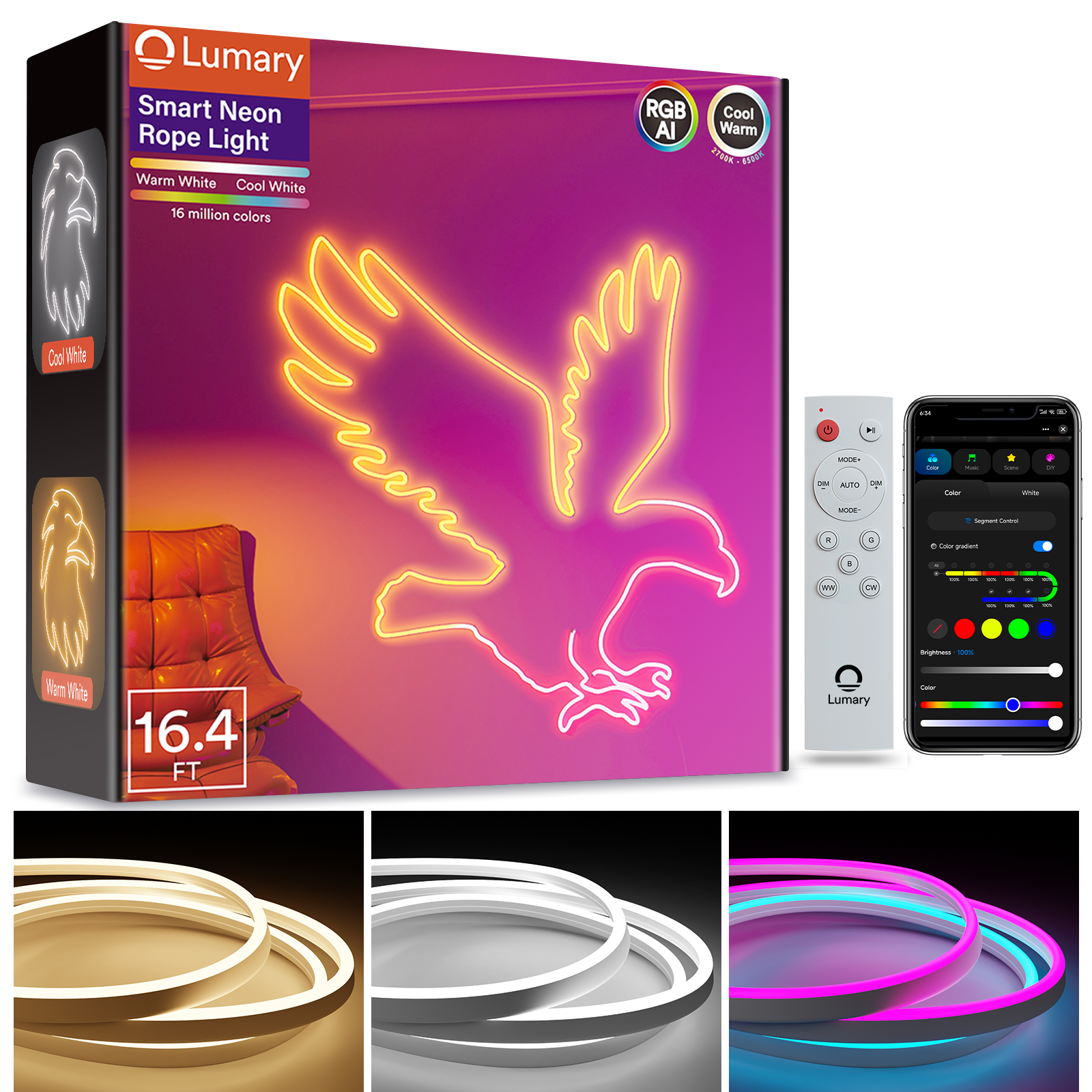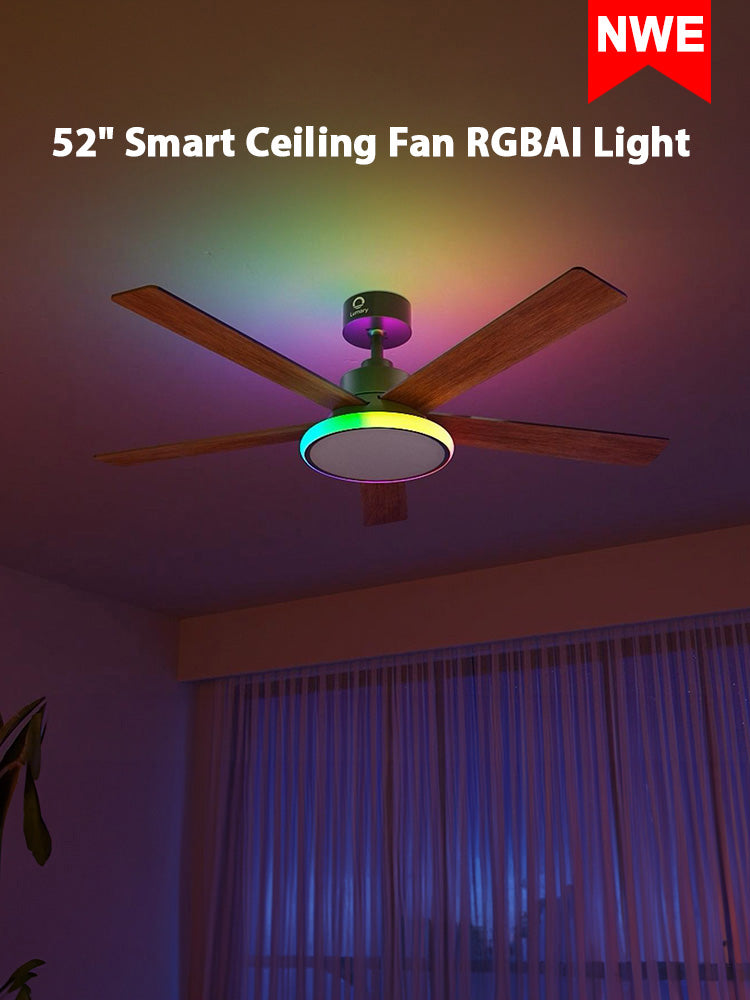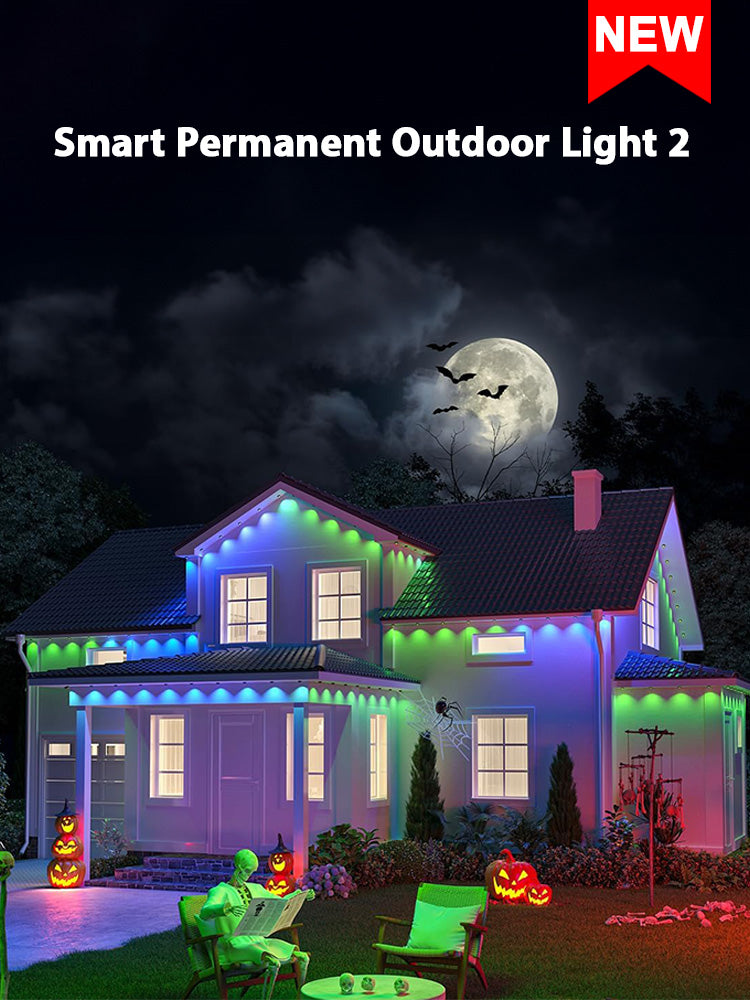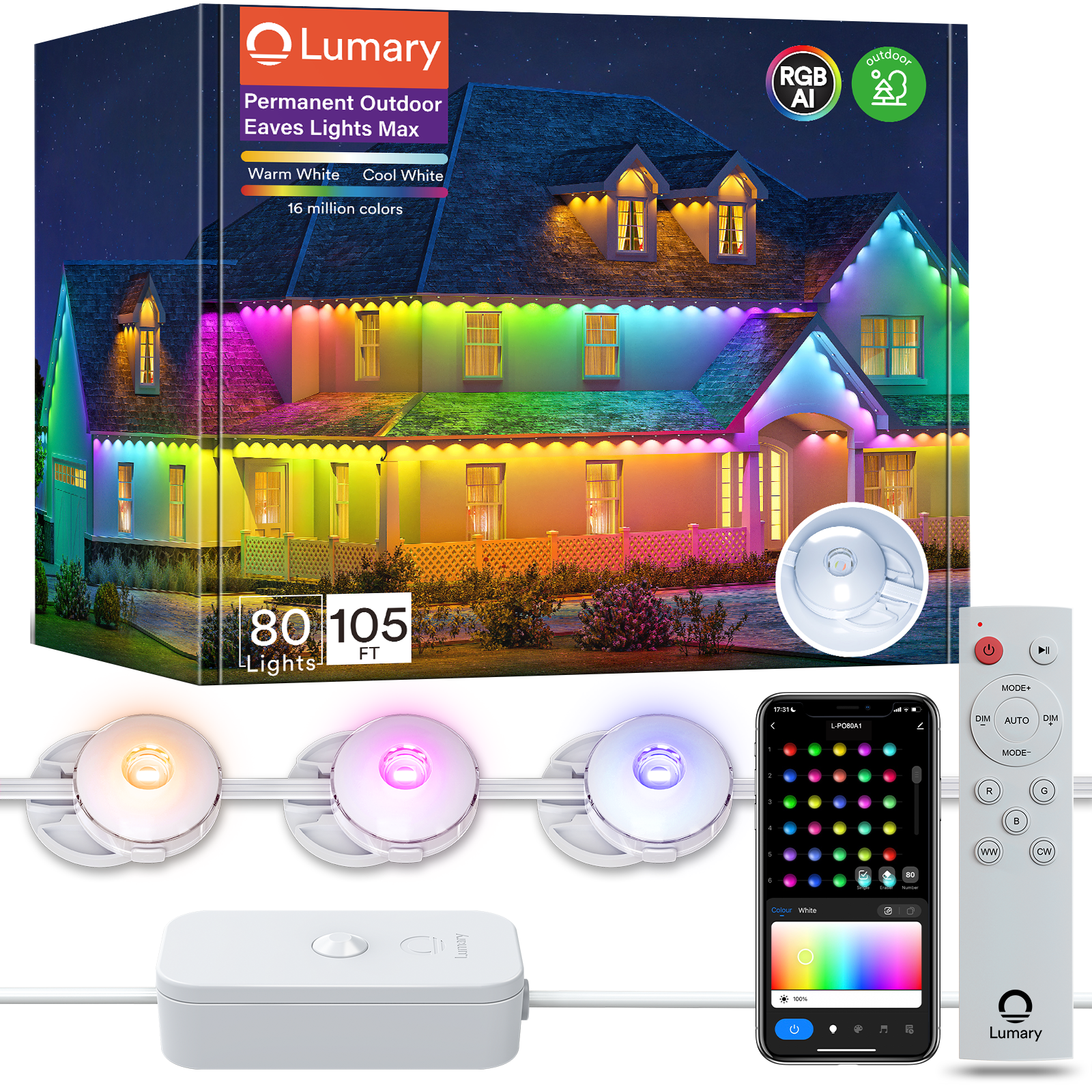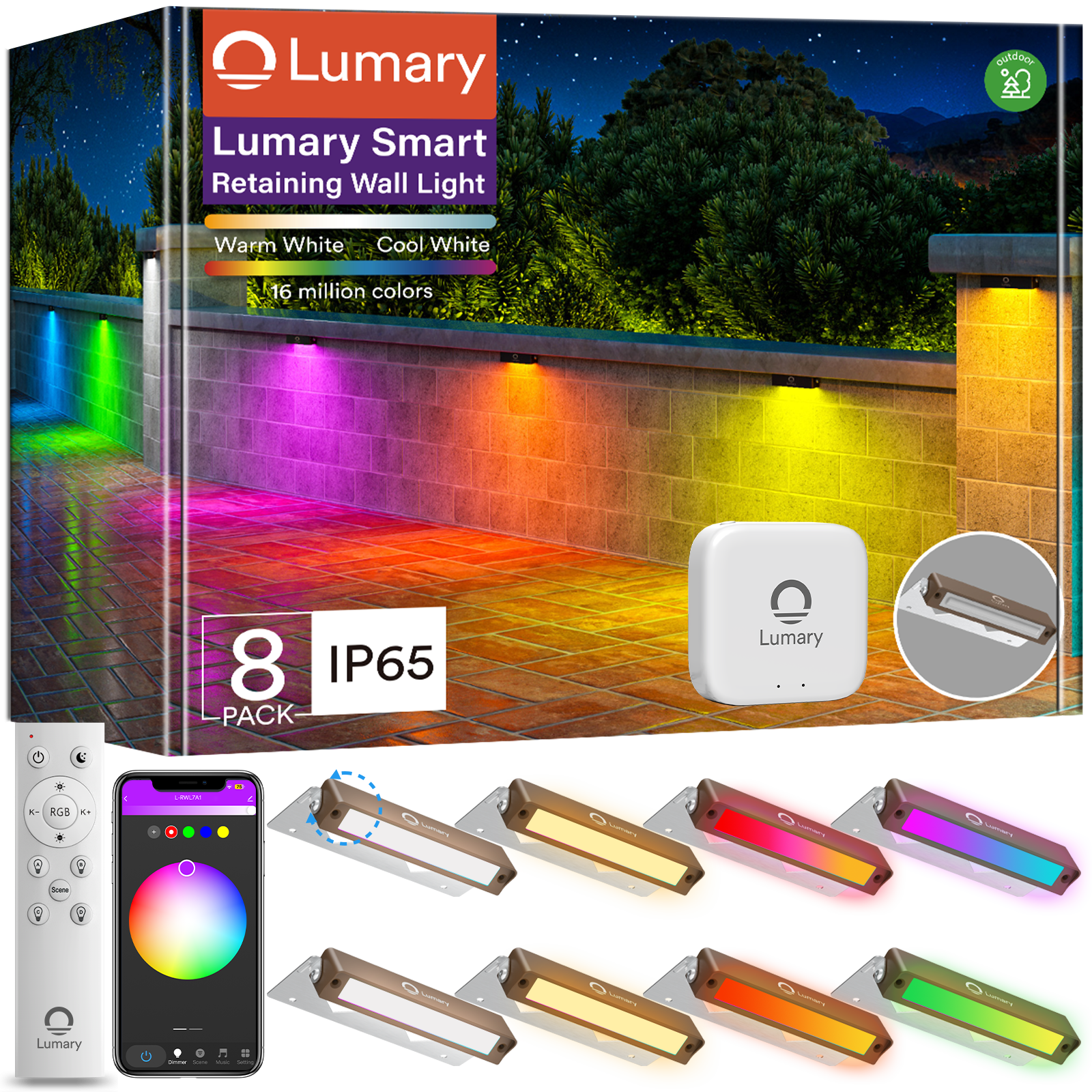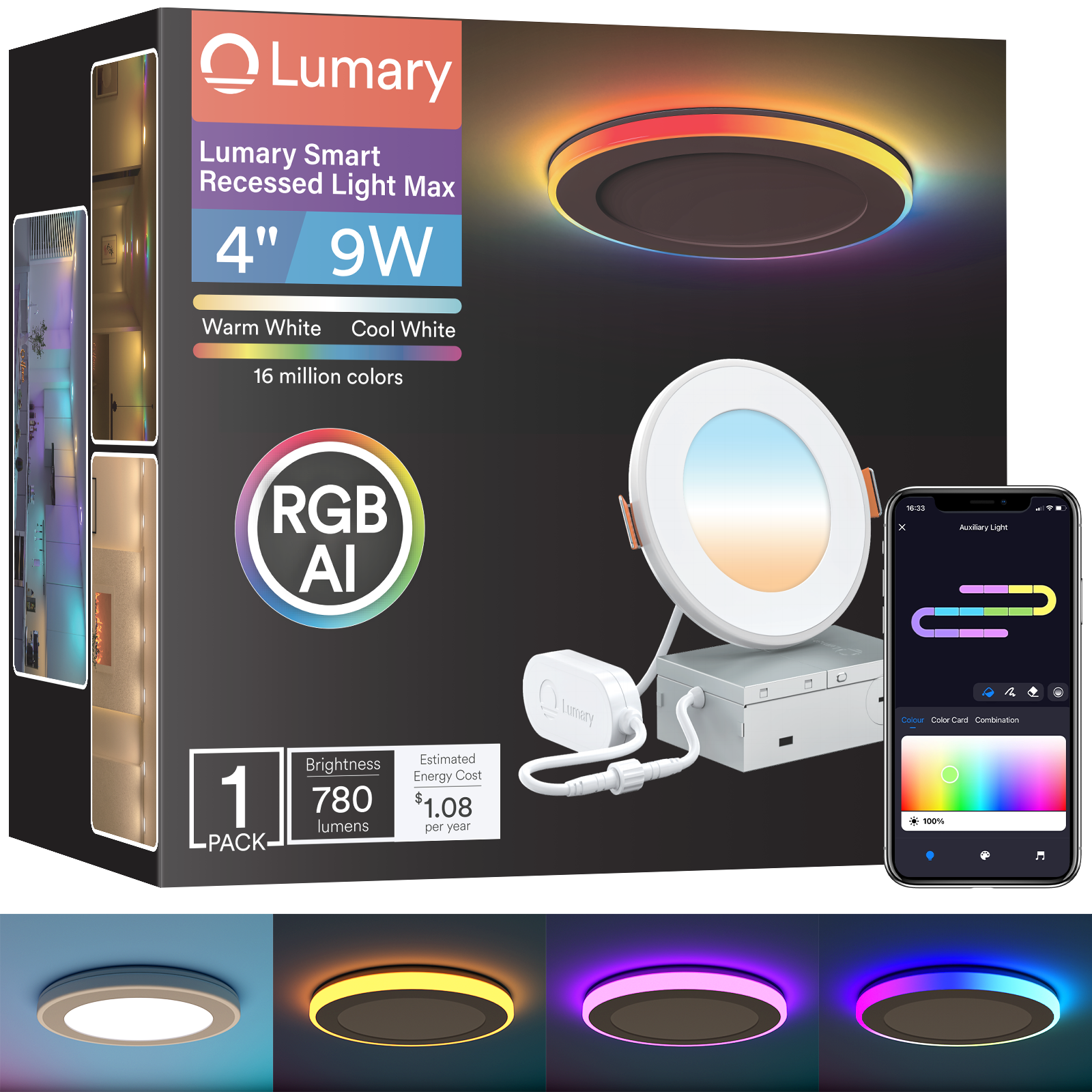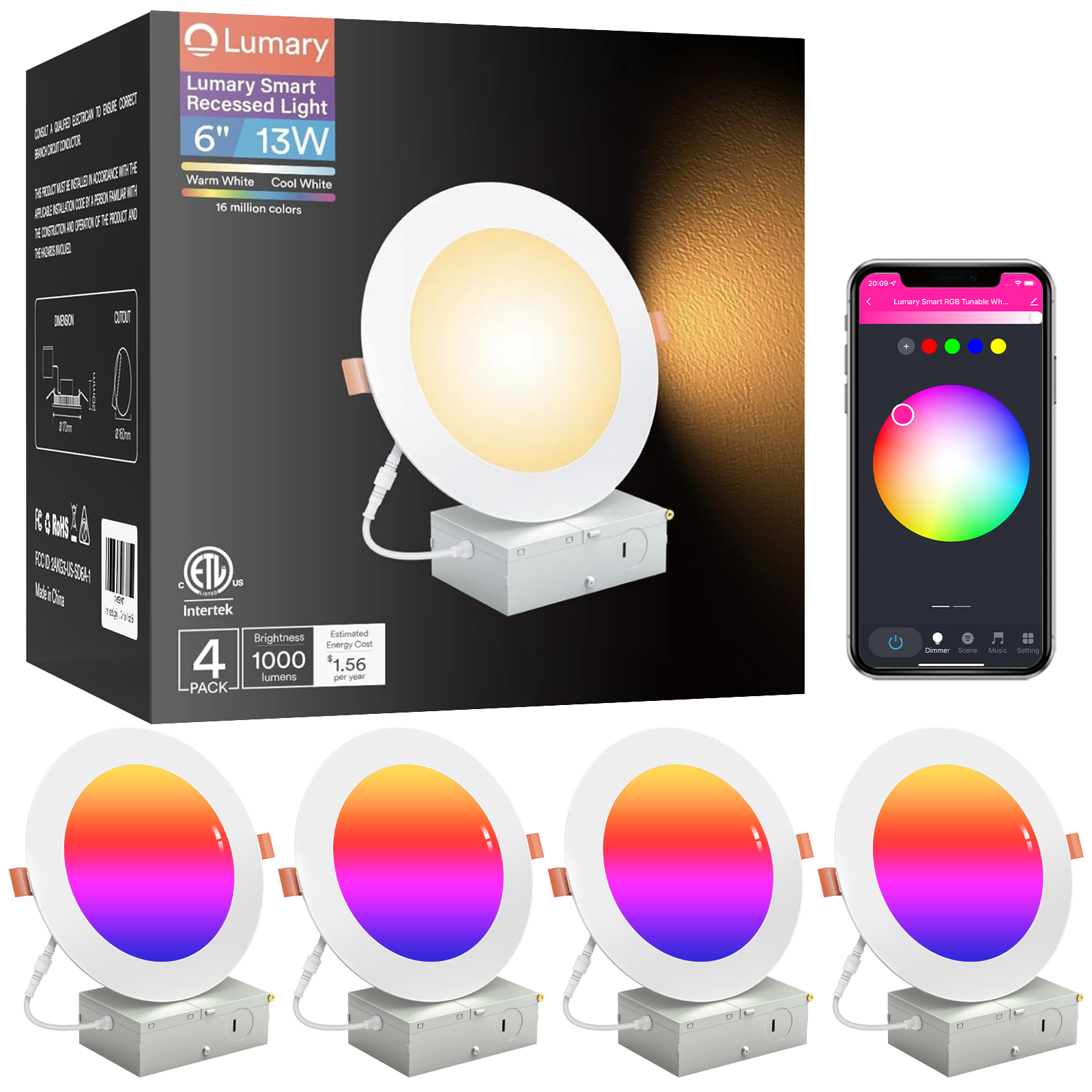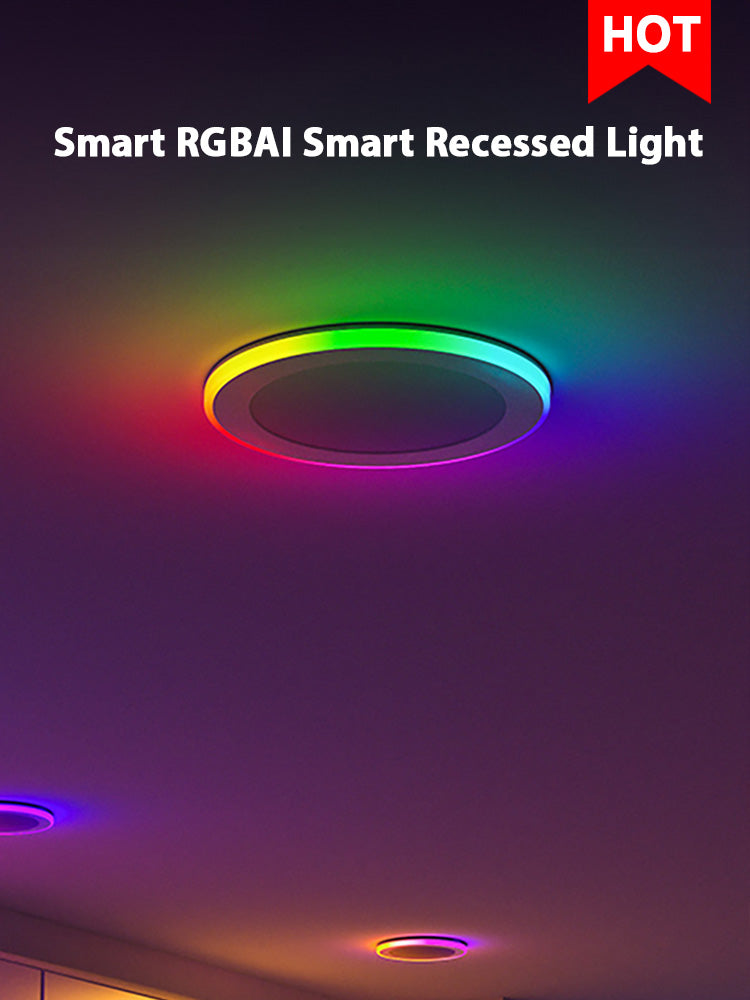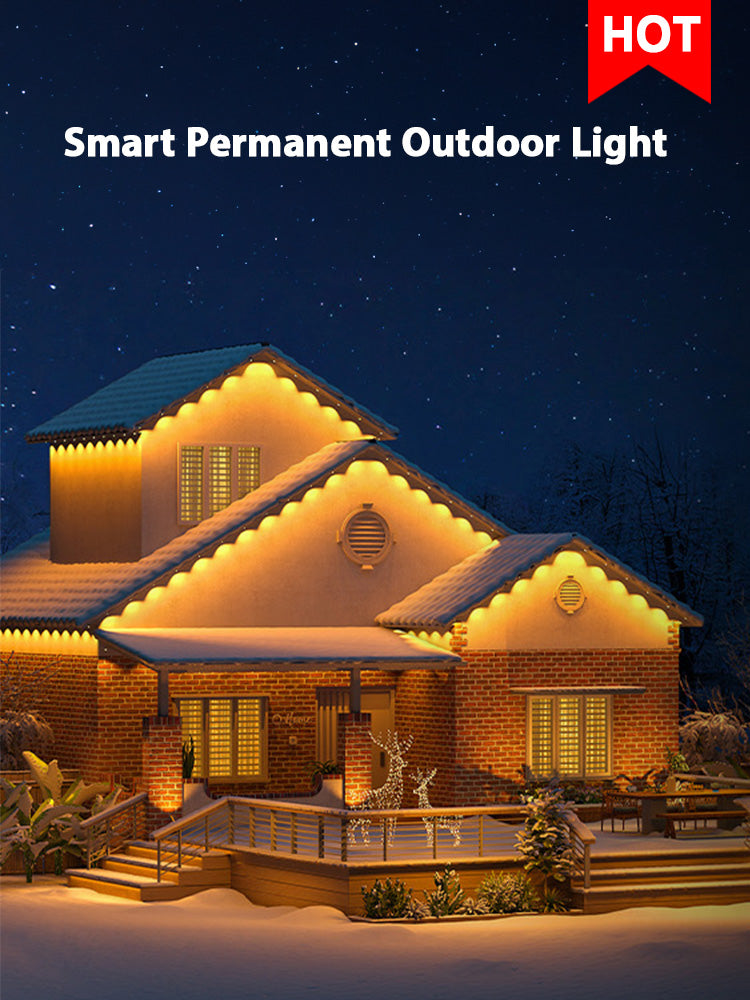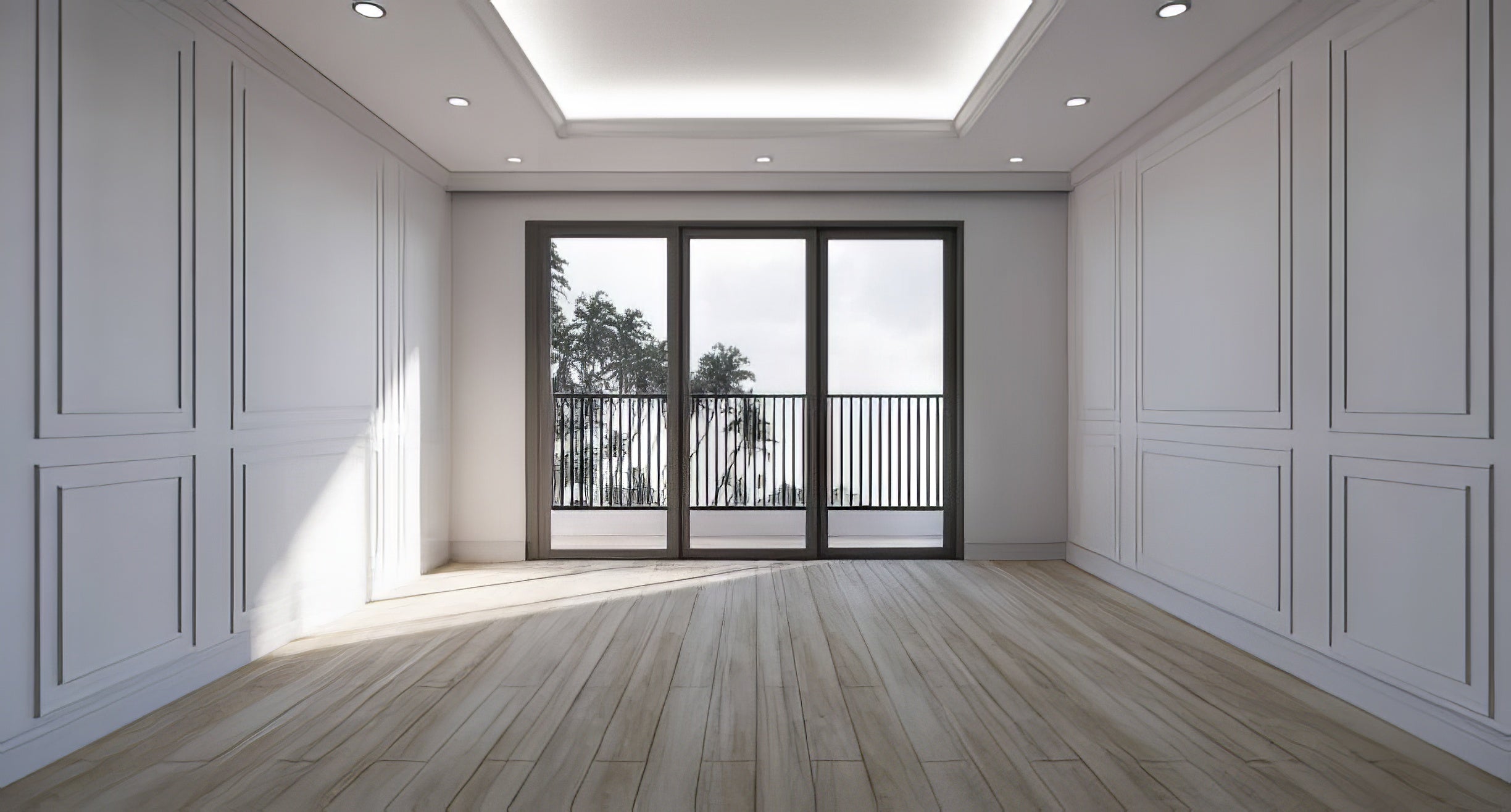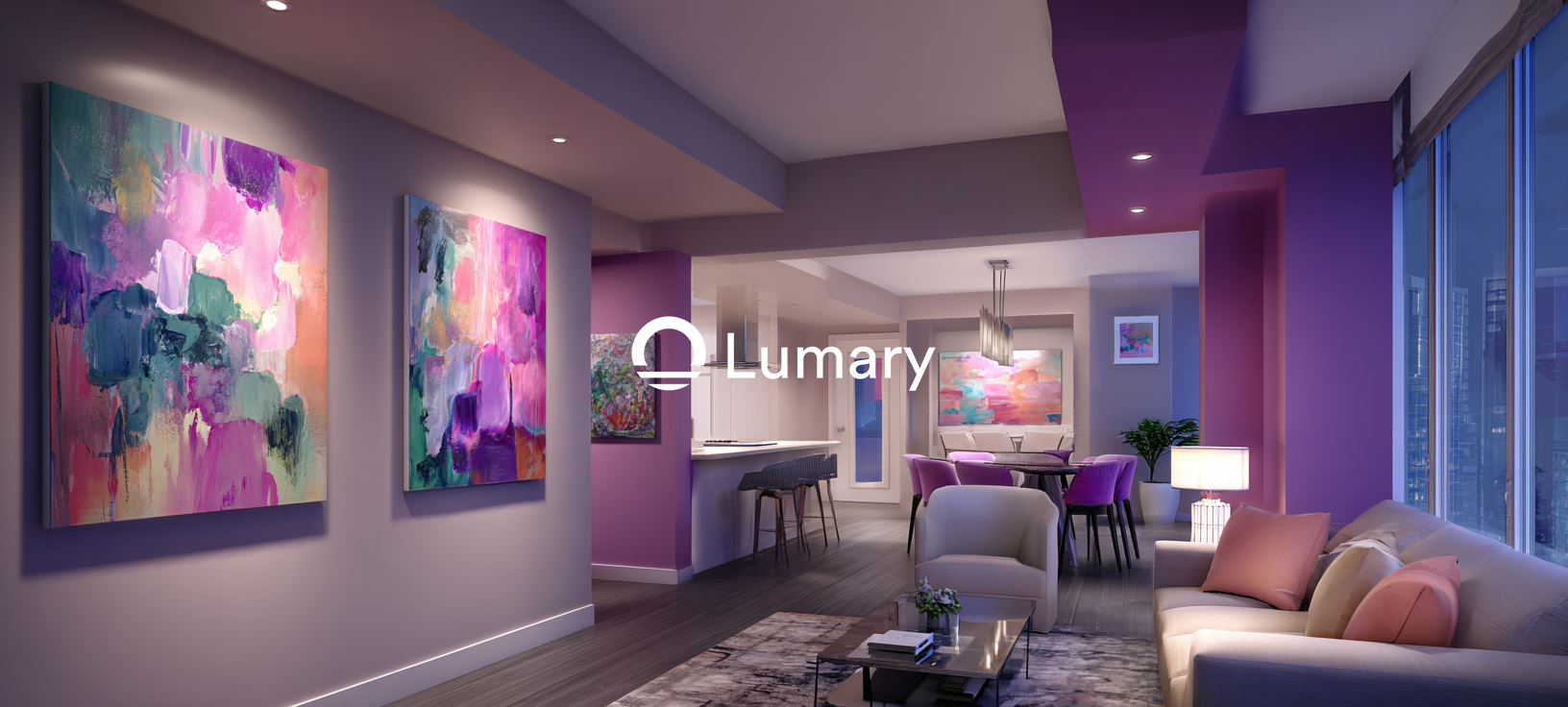Quick Answer
The best lights for a room with low ceilings are recessed can lights with adjustable trims and wall sconces to create an even, ambient light throughout the space. Avoid pendant lights and chandeliers that hang too low and clutter the vertical space. Use lighting that directs the eye upward and enhances the perception of height while minimizing glare and shadows.
Introduction
When dealing with a room that has a lower- than- average ceiling height, finding flattering, visually appealing lighting can pose an extra challenge. The limited vertical room restricts the lighting fixtures you can utilize, and overhead light often seems too glaring and intense. However, with careful planning and strategic fixture selections, you can design a lighting scheme to make your space shine beautifully.

What Makes Illuminating Low Ceilings Tricky?
Lighting a room with a low ceiling presents several unique challenges. Typically defined as ceilings lower than 8 feet high, these restricted vertical spaces limit lighting options and increase the potential for harsh glare. Careful planning and selection of the right fixtures are necessary to create an inviting, well lit, low- ceilinged room.
Limited Fixture Choices
The most significant difficulty comes from the lack of space for large or bulky overhead lighting fixtures. Pendant lights, chandeliers, and other hanging fixtures often take up too much room, especially in ceilings lower than 8 feet high. This automatically narrows down lighting choices right from the start. Recessed can lights are often unusable as well, since standard models require a 5 to 6 inch space between the ceiling joists and drywall surface - space that rarely exists with a lower ceiling.
Increased Glare Potential
Another major issue in rooms with low ceilings is the potential for intense, glaring light. When overhead fixtures are mounted closer to the living space, light spreads less before reaching eye level. The close proximity also increases the luminance, or intensity, of the light source. This combination frequently leads to harsh glare and shadows that create an uncomfortable environment. The ideal is a diffuse, ambient fill light that avoids intensity and darkness simultaneously.

The Need for Thoughtful Design
Because of these inherent challenges, lighting a low- ceilinged room requires careful planning and fixture selection. The goal is to install enough well placed lighting to visually lift the ceiling and illuminate the space without glare or darkness. Often, indirect lighting bounced off walls works better than intense overhead lights. With a thoughtful design, even rooms with limited ceiling height can feel warm, inviting, and well-lit.
How to Light a Low-Ceiling Room
If you're trying to brighten up a room that has a low ceiling, there's a trick to it. Instead of using strong lights that shine directly downward, you want to focus on getting the light to bounce off different surfaces in the room. By doing this, you can create a well- lit space without any harsh overhead lights. Let's delve into some effective techniques to make this happen.
Embracing Reflective Lighting
First off, consider looking for lighting fixtures designed to send light upwards or sideways. This way, the light reflects off the ceiling and walls, which helps reduce the chance of creating an uncomfortable glare from above. The bonus is that this kind of reflected light can make the room feel like it has a higher ceiling than it actually does.
Utilizing Wall Sconces for Indirect Illumination
By setting up some stylish wall sconces, you'll be able to direct the light exactly where it's most needed. These fixtures are not just about style; they provide a soft upward glow as well as focused light downwards. You can place them around the room to highlight specific areas and to help out with tasks that need better lighting.
Choosing Recessed Cans for Subtle Overhead Light
When dealing with lower ceilings, standard recessed lighting may not be the best fit. However, if you choose recessed cans that can be angled, you can direct the light across the ceiling rather than straight down. This method spreads light softly over the ceiling, giving you a cozy and non-glaring ambient light.
Incorporating Task Lighting with Portable Lamps
Adding table lamps or floor lamps to your space can give you control over where the light goes. For example, you can place them near a comfy chair or a work desk. Look for lamps that have features like swing arms or dimmers, so you can adjust the intensity and direction of the light with ease. It's a good idea to use these lamps together with your overhead and wall-mounted lights for the best effect.
Enhancing the Room with Mirrors
Finally, don't underestimate the power of mirrors. When placed across from windows, mirrors do a fantastic job of spreading light around the room. They not only make the space look bigger and brighter but also enhance the lighting you get from candles, lamps, and sconces. By reflecting light, mirrors double up on your lighting effects, making your room feel more open and inviting.
So, when you're faced with the challenge of a low- ceiling room, remember that the right lighting strategy can make all the difference. Using reflective surfaces, strategic placement of fixtures, and combining different types of lighting can transform a cramped space into a cozy, welcoming area.
How to Choose Fixtures for Low Ceilings
From recessed cans to dramatic pendant lights, selecting just the right mix of fixtures builds a cohesive lighting scheme tailored to your space constraints and design vision.
Canless Recessed Lighting
One innovative option specifically made for shallow ceilings is canless recessed lights. As the name implies, these fixtures don't require a can for installation, allowing placement in ceilings as little as 1 inch high. The trimless aperture emits gentle ambient light across the ceiling plane.

Standard Recessed Light Viability
If ceiling height allows between 5 and 7 inches for installation, standard recessed downlight cans can work beautifully. Use adjustable gimbals to angle lights across the ceiling and augment them with wall sconces. Narrow beam angles prevent intense glare.
Comparing Surface Mount vs. Recessed
When ceiling height is extremely restrictive, surface- mounted fixtures may be your only option. But for spaces with a bit more headroom, recessed lights often appear more integrated for a clean look. Blending some recessed lights with surface pendants or sconces balances the scheme.
Pendant Lights to Brighten and Style
Hanging pendant fixtures over sinks, tables, and other surfaces boosts task lighting exponentially while injecting stylish flair. For low ceilings, seek short pendant rods or cables so fixtures hang at proper heights for their purpose without impeding movement.
Wall Sconces Maximize Light Placement
Sconces arguably give you the most precise control over delivered light placement, which makes them ideal for low ceilings. Look for smaller- sized sconces with adjustable arms to angle light exactly where needed. Strategically place sconces surrounding furniture, windows, and mirrors.
Layer Table and Floor Lamps
Strategically placed table lamps and floor lamps complete the puzzle by filling in precisely adjusted task lighting. Seek interesting lamp bases complemented by soft lampshades that mute glare while directing illumination exactly where desired.
How to Make Low Ceilings Look Higher with Smart Lighting Choices
Creating Depth with Layered Lighting
A smart way to add depth and make your space seem more expansive is by using a combination of different types of lights. For instance, you could mix recessed lights with hanging pendants and surface- mounted fixtures. This layering creates interesting contrasts between bright spots of light and softer shadows, giving the room more visual height and breadth.
Cleverly Hiding Lights for an Uncluttered Look
Another neat trick is to tuck your lights away behind the structural features of the room. For example, you might hide some fixtures behind beams or within coves or ledges in the ceiling. This not only keeps the lights out of sight but also casts lovely patterns around the room, making it appear more open.
Strategically Directing Light to Create Height
Using adjustable track lighting or recessed gimbals can also help you point light exactly where you want it. By focusing light in specific directions, you avoid wasting light in unnecessary areas. Plus, directing the light upwards can draw the eye up and make the ceilings feel like they're soaring.
Adding Depth with Color Contrast
Sometimes, what really makes a room look bigger is playing with color contrasts on the ceiling itself. If you have horizontal beams or corners, painting them a dark shade like deep blue can create an interesting effect. The darker color gives the impression of depth, which can make the surrounding areas look brighter, and the ceiling seems far off.
By focusing on these strategies, you'll be able to craft a lighting scheme that not only illuminates your space effectively but also visually lifts your low ceilings, making the whole room feel more spacious and comfortable.
Key Takeaways
With strategic selections and placement of fixtures that bounce ample up and down illumination paired with intense task lighting, any lower- clearance ceiling can dazzle. Seek recessed and surface mount options to open overhead space, wall sconces to wash vertical planes in light, and table lamps for lighting precision. The significance of combining light layering and directional contrast can work magic, even in tight constraints. With a blending of creativity and customization suited expressly to your space, a low ceiling doesn't have to hinder gorgeous, functional illumination design.

